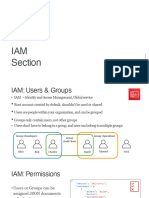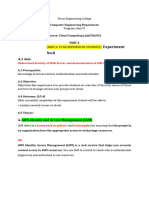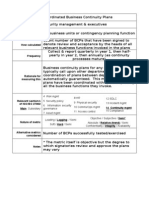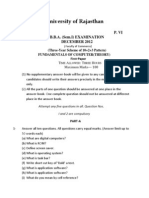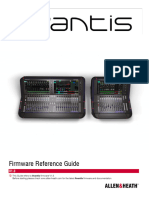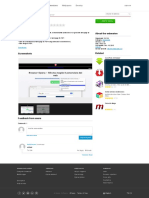0% found this document useful (0 votes)
11 views14 pagesInteractive Session 4
The document outlines an interaction session on Cloud Computing by Mainak Chakraborty at IIT Delhi, covering topics such as AWS hands-on sessions, IAM users, Multi-Factor Authentication, and Amazon EC2. It emphasizes the importance of using IAM users over root accounts to mitigate risks and provides a checklist for setting up an AWS account. Additionally, it highlights the features of Amazon EC2 and encourages the use of free-tier functions.
Uploaded by
Ronak BhawnaniCopyright
© © All Rights Reserved
We take content rights seriously. If you suspect this is your content, claim it here.
Available Formats
Download as PDF, TXT or read online on Scribd
0% found this document useful (0 votes)
11 views14 pagesInteractive Session 4
The document outlines an interaction session on Cloud Computing by Mainak Chakraborty at IIT Delhi, covering topics such as AWS hands-on sessions, IAM users, Multi-Factor Authentication, and Amazon EC2. It emphasizes the importance of using IAM users over root accounts to mitigate risks and provides a checklist for setting up an AWS account. Additionally, it highlights the features of Amazon EC2 and encourages the use of free-tier functions.
Uploaded by
Ronak BhawnaniCopyright
© © All Rights Reserved
We take content rights seriously. If you suspect this is your content, claim it here.
Available Formats
Download as PDF, TXT or read online on Scribd
/ 14



